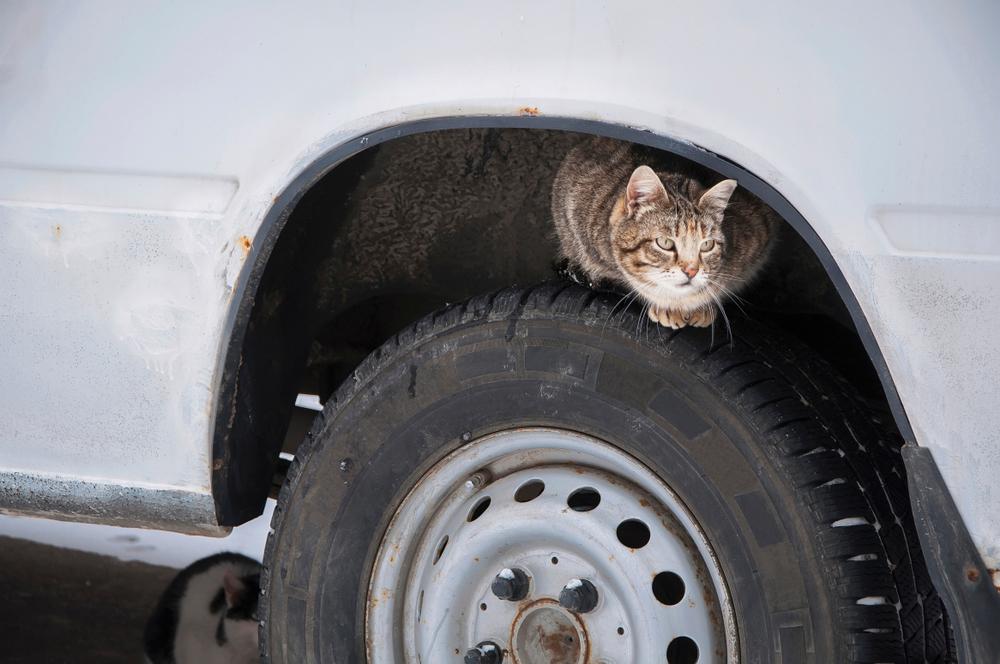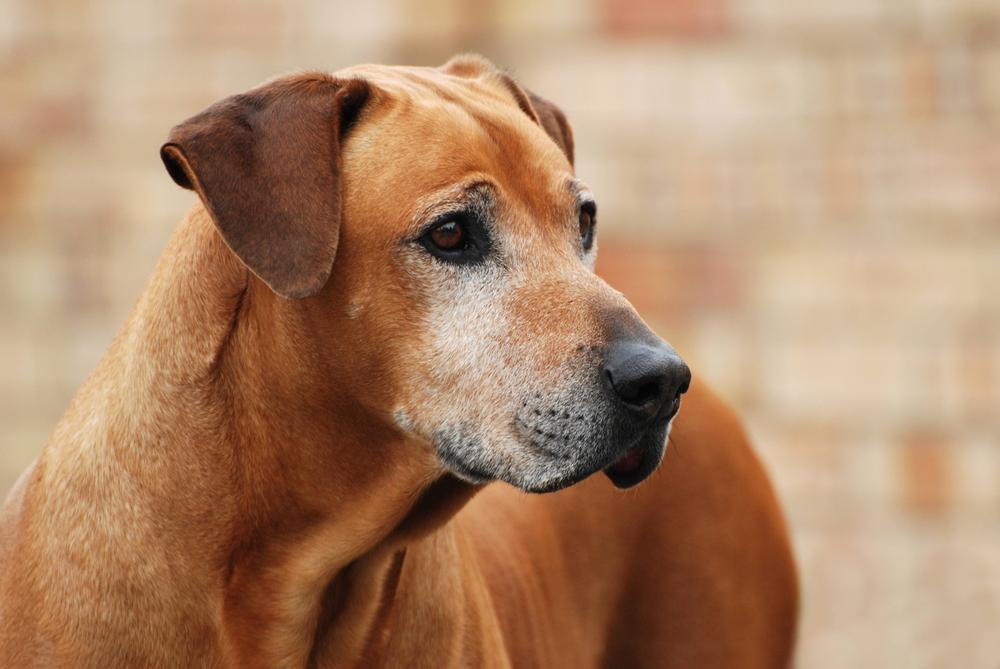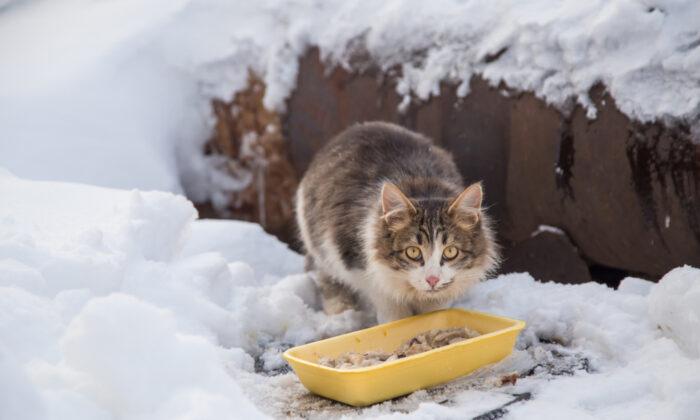If you park outside, protect the cats from your car’s engine. Outdoor cats often climb under the hood to snuggle next to the warm engine. If they fall asleep, they may be injured or killed by the engine’s moving parts when you restart your car.

To prevent this, bang on the hood and look under your car when you return to it. Before you start the car, honk the horn to scare away any cats dozing underneath.
Antifreeze causes kidney failure in cats, dogs, wildlife, and even children if they ingest the sweet-tasting, yellow-green liquid. So, soak up any spills with paper towels, and dispose of the contaminated towels in a sealed trash bag and can.
Position your shelter on a wooden pallet, not the damp ground, and line it with a thick bed of straw. Don’t use hay, towels, or blankets, all of which hold moisture.
Situate the entry away from the prevailing winds and cover it with a flap.
Camouflage the shelter with paint or branches so it blends in with the environment.
Check your shelter regularly to be sure it’s in good condition. Remove any snow that blocks the entrance.
Remind your neighbors who feed the cats to refill the water bowls regularly and situate them in the sun to minimize freezing, or better yet, provide heated water bowls. Canned cat food should be mixed with hot water.
If the ferals in your area haven’t been spayed and neutered, work with your local humane society or feral cat organization to humanely trap them and have them sterilized and rabies-vaccinated.
Researchers studied 400 dogs, ages 1 to 4, rating each dog’s muzzle as free of gray hair, partially gray or fully gray. They also surveyed family members about their dogs’ behaviors.

- Anxiety, such as whining, causing damage when left alone, or shedding a lot of hair at the animal hospital or when visiting a new place.
- Fear of loud noises, unfamiliar animals, or unfamiliar people.
- Impulsivity, including jumping on people, barking excessively, or experiencing difficulty becoming calm and focused.
If King suffers from anxiety, excessive fear, or impulsive behavior, talk with his veterinarian or consult a board-certified veterinary behaviorist to help him become more comfortable.





